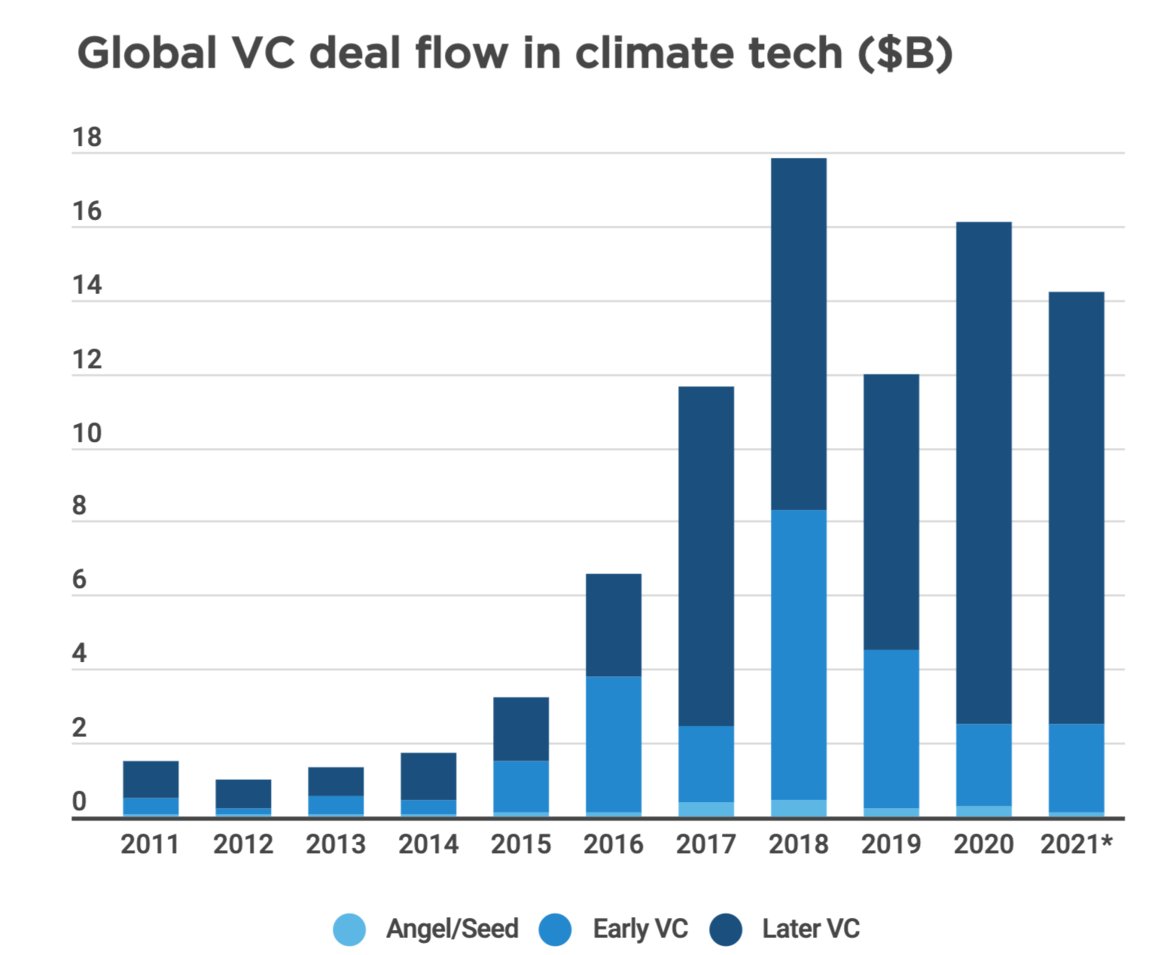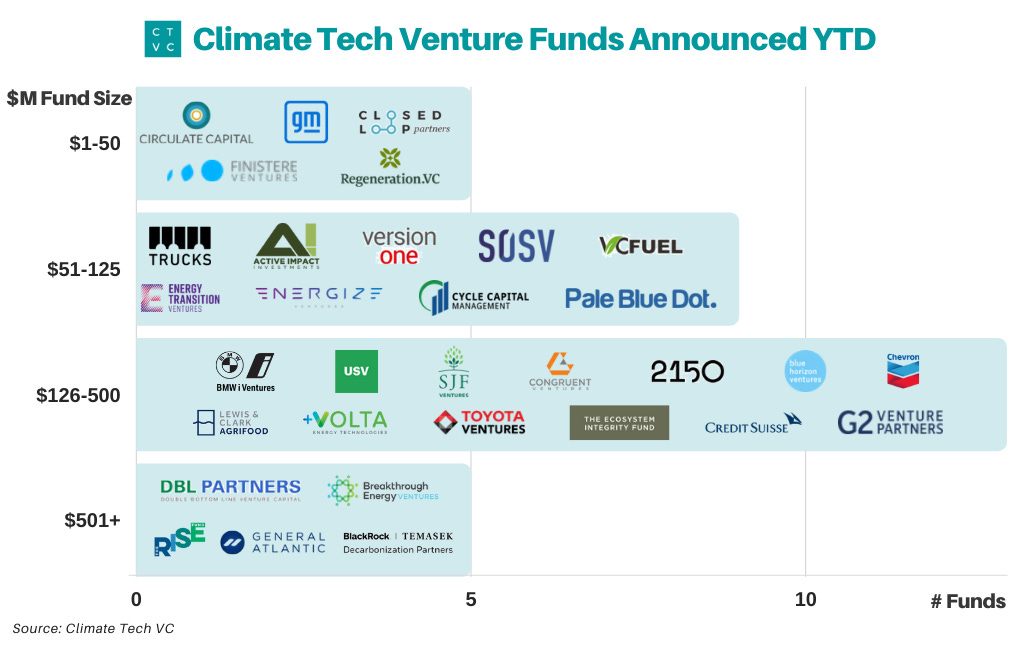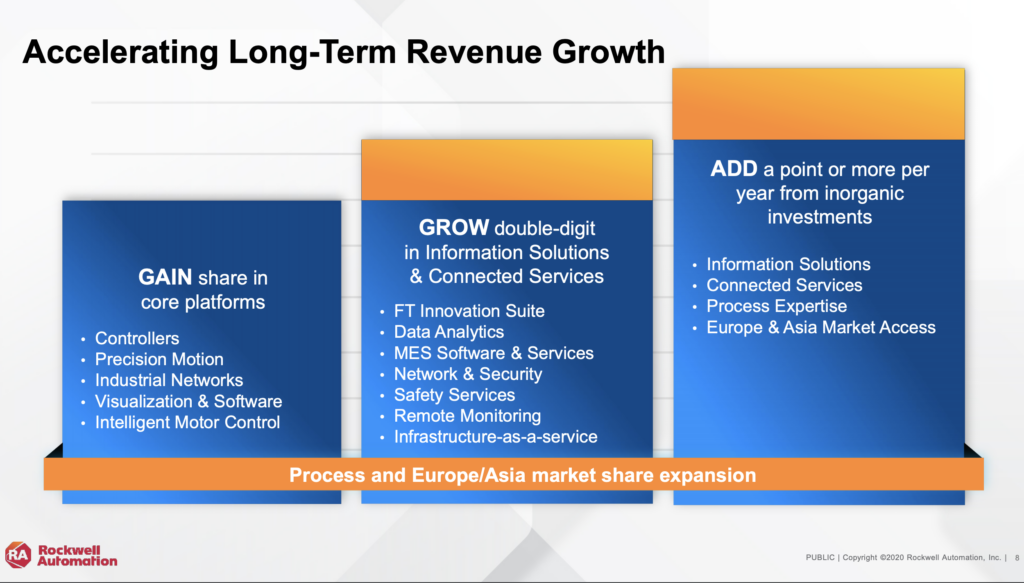Misleading ESG Ratings
On the surface, ESG-related investing should be immune to attack. The promise of delivering financial and ESG-positive returns are the holy grail to an institutional investor. And yet, the ESG space isn’t exactly squeaky clean. The public market equities screening for “ESG-positive” firms is particularly terrible. Why?
The ability to track and quantify a corporations environmental, societal and governance policies and impacts is actually quite nebulous. Case in point, as see in this Stanford study “The World May be Better Off Without ESG Investing”. This part of the article really capture the problem that originate with fundamentally weak ESG ratings agencies:
“At the core of the problem is how ESG ratings, offered by ratings firms such as MSCI and Sustainalytics, are computed. Contrary to what many investors think, most ratings don’t have anything to do with actual corporate responsibility as it relates to ESG factors. Instead, what they measure is the degree to which a company’s economic value is at risk due to ESG factors. For example, a company could be a significant source of emissions but still get a decent ESG score, if the ratings firm sees the pollutive behavior as being managed well or as non-threatening to the company’s financial value. This could explain why Exxon and BP, which pose existential threats to the planet, get an average (“BBB”) aggregate score from MSCI, one of the leading rating companies. It could also be why Phillip Morris made it onto the DJSI. The company recently committed itself to a “smoke-free” future, which ratings agencies might perceive as reducing regulatory risk even though its next generation of products remain addictive and harmful.
The second problem involves how ratings firms assign weights to each ESG factor. To compute a company’s ESG score, ratings firms score every company on a variety of ESG factors and assign weights to each of these factors, aggregating the results into a composite ESG score. A strong ESG performer might get a triple-A composite score, while an ESG laggard might be assigned a triple-C score. These scores form the basis for how ESG indexes and ESG funds construct their portfolios. This may seem like a legitimate approach, but it’s not. It is subject to human judgment and inconsistent access to ESG information, making for tremendous variability across raters. But more detrimentally, it permits companies to achieve high composite scores even if they cause significant harm to one or more stakeholders but do well on all other parameters.
Take the case of Pepsi and Coca Cola. Both companies get high ESG scores from the biggest ratings firms. They are also typically amongst the largest holdings for ESG funds, largely because they rank high on parameters such as corporate governance and greenhouse gas emissions. However, their core businesses involve the manufacturing and marketing of addictive products that are a major cause of diabetes, obesity, and early mortality. Pepsi and Coke leverage their power to prevent taxes and regulation on their businesses and fund large amounts of research to divert attention away from the health impact of their products. With the cost of diabetes now over $300 billion annually in the United States alone, the human and economic harm caused by these companies may outweigh their economic contribution.”
This ESG tracking problem is admittedly easier to solve at the earlier stage of a company’s life. Policies and impact are easier to measure and a company’s mission can be more directly tied to the product being sold. The “E” in ESG is also more measurable than the S and G. I suspect that better, data-driven products are coming to market to reveal some of these ratings inaccuracies or the whole theme is going to devolve into useless marketing jargon.







